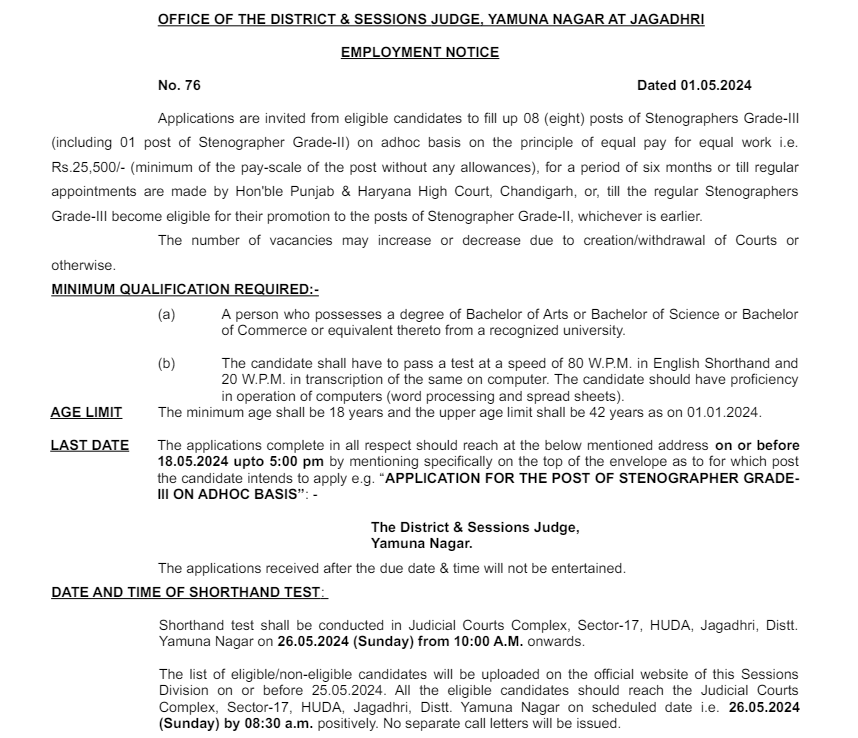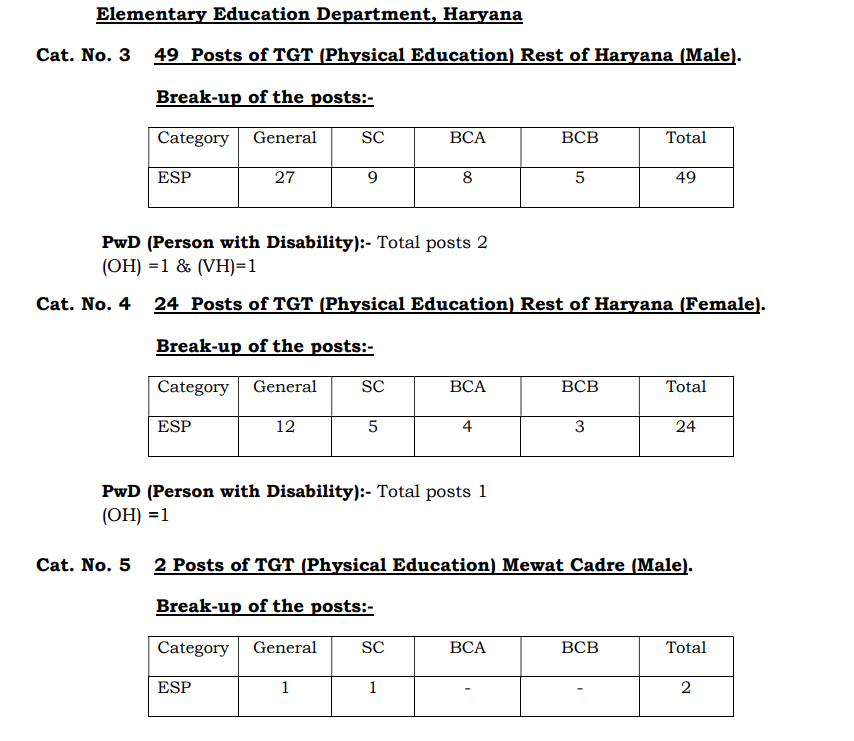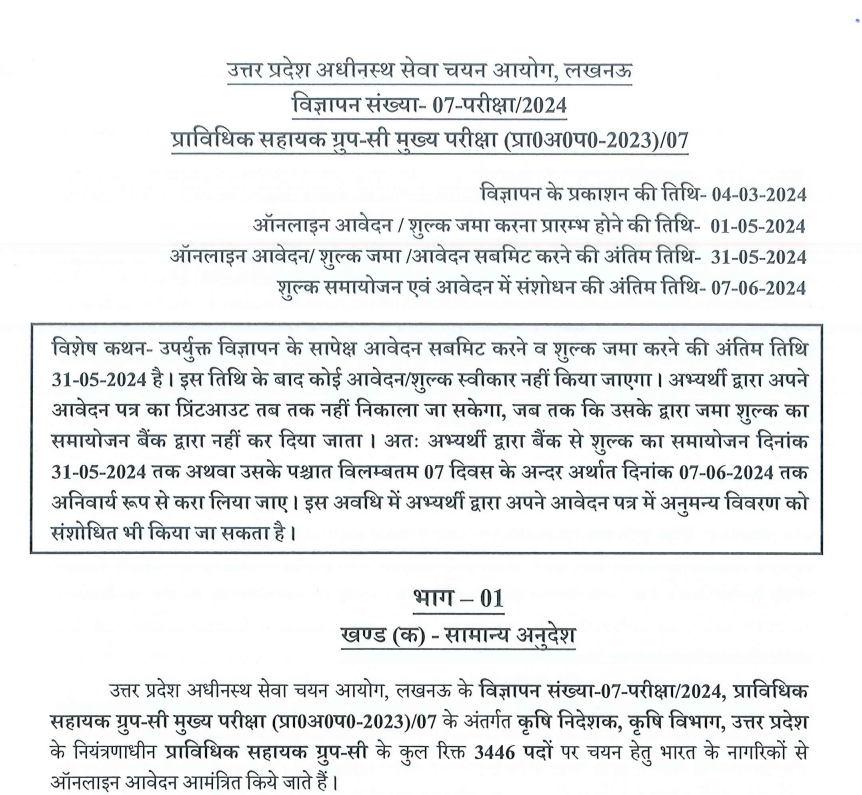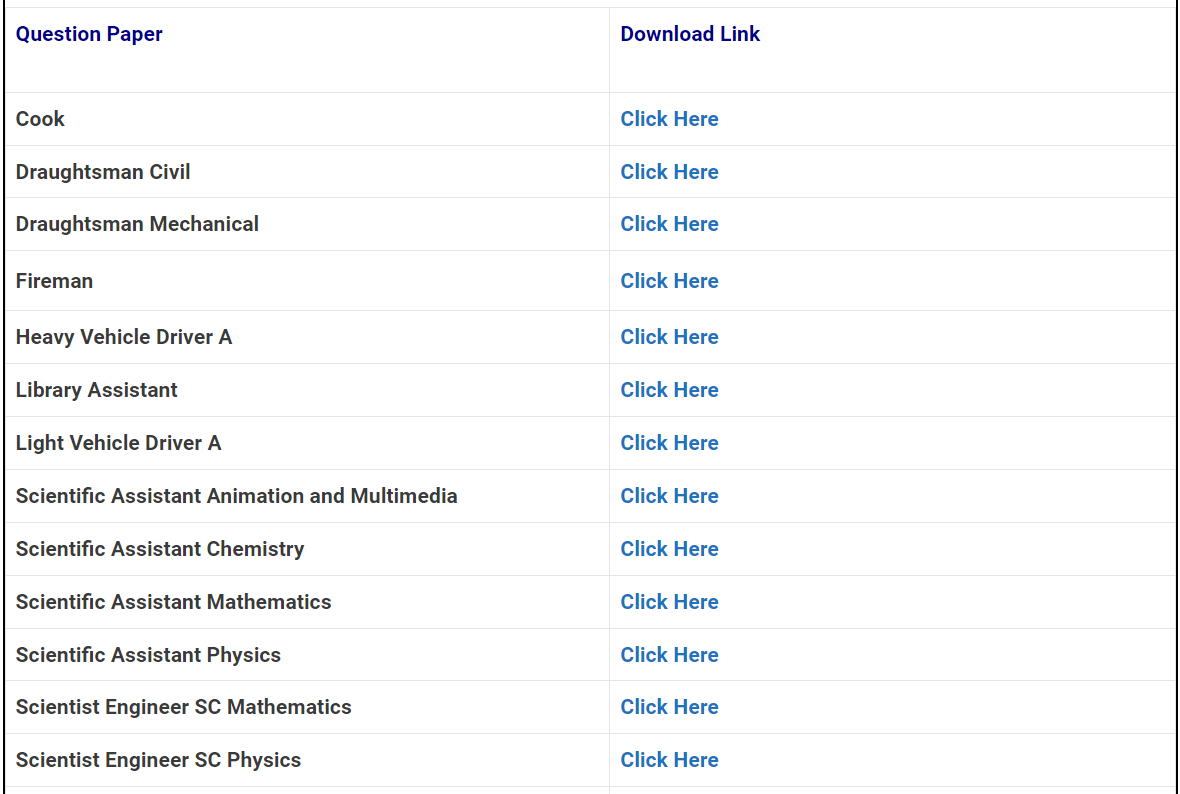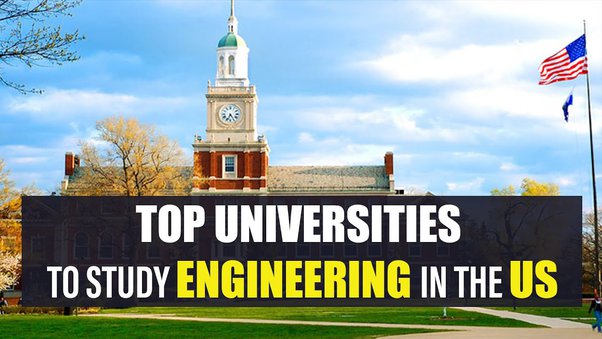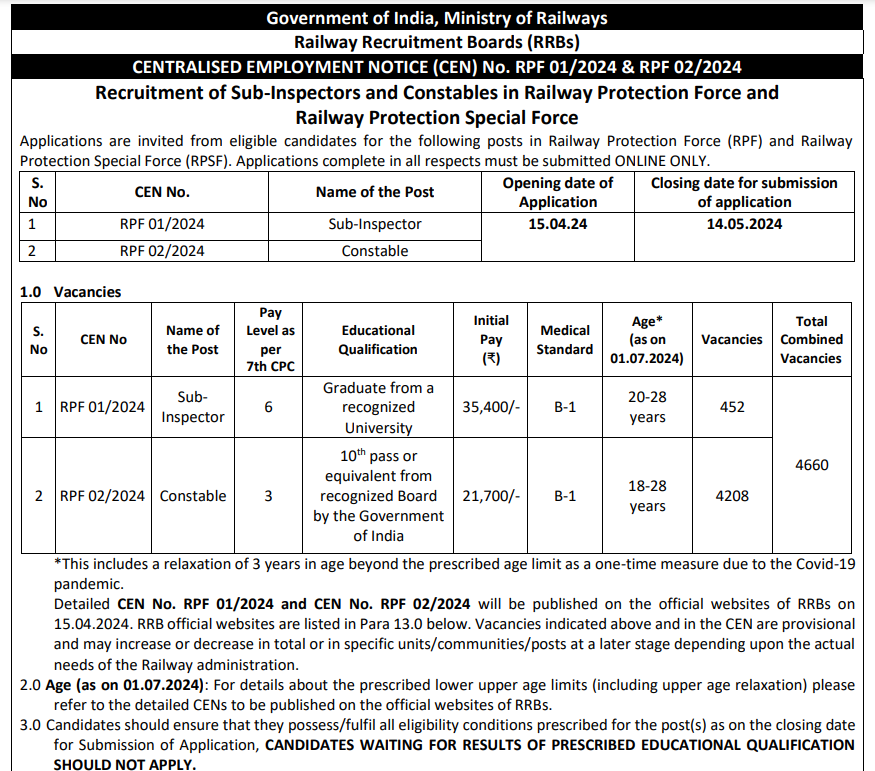Basic Mechanical Engineering MCQ PDF Part 3

Category –EE Online Test
Telegram-Join Us On Telegram
Attempt Free Basic Mechanical Engineering MCQ PDF Part 3 Here. Read The Important Electrical MCQ From Below.
1) Which of the following is a power transmitting element?
a. Nuts and bolts
b. Sprockets and chains
c. Axles
d. All of the above
ANSWER: Sprockets and chains
2) Machine elements such as bearings are _________
a. holding type elements
b. supporting type elements
c. power transmitting elements
d. all of the above
ANSWER: supporting type elements
Basic Mechanical Engineering MCQ PDF Part 3
3) The shaft directly connected to the power source is called as ______
a. line shaft
b. counter shaft
c. both a. and b.
d. none of the above
ANSWER: line shaft
4) Which of the following is a machine shaft?
a. Line shaft
b. Counter shaft
c. Crankshaft
d. All of the above
ANSWER: Crankshaft
5) Which of the following statements is/are true?
a. Axles are used to transmit power
b. Shafts and axles are rotating elements
c. Shafts transmit power while axles do not transmit power
d. All of the above
ANSWER: Shafts transmit power while axles do not transmit power
Basic Mechanical Engineering MCQ PDF Part 3
6) Which flat belt drive system has two pulleys mounted on driven shaft and one pulley on driving shaft?
a. Multiple belt drive
b. Cone pulley drive
c. Fast and loose pulley drive
d. None of the above
ANSWER: Fast and loose pulley drive
7) Which of the following statements are false for belt drives?
1. Belt drive is used in applications having constant speed drive
2. Belt drives can be used at extremely high speeds
3. Belt drives have low power transmitting capacity
4. Belt drives need continuous lubrication
a. 1 and 2
b. 1, 2 and 3
c. 2, 3 and 4
d. 1, 2 and 4
ANSWER: 1, 2 and 4
8) Determine power rating of an electric motor if it runs at 1440 r.p.m and line shaft transmits torque of 75 Nm. Assume Reduction ratio = 1.6
a. 10.36 kW
b. 11.3 kW
c. 7.068 kW
d. 9.12 kW
ANSWER: 7.068 kW
Basic Mechanical Engineering MCQ PDF Part 3
9) In simple gear trains the direction of rotation of driven gear is opposite to the direction of rotation of driving gear only if______
a. even number of idler gears are present
b. odd number of idler gears are present
ANSWER: even number of idler gears are present
10) Why is an idler gear used in gear trains?
a. To obtain minimum centre distance between driving and driven shaft
b. To have required direction of rotation
c. Both a. and b.
d. None of the above
ANSWER: To have required direction of rotation
11) The process of creating mechanisms and shapes of mechanical elements for a machine to get the desired output for a given input is called as ___
a. analysis
b. innovation
c. synthesis
d. designing
ANSWER: synthesis
12) Which of the following is not a reason to design and redesign a product?
a. Optimum design
b. Innovation
c. Appearance
d. None of the above
ANSWER: None of the above
Basic Mechanical Engineering MCQ PDF Part 3
13) In design process, which process is followed after selecting the material?
a. Selecting factor of safety
b. Synthesis
c. Analysis of forces
d. Determining mode of failure
ANSWER: Determining mode of failure
14) Which design consideration deals with appearance of the product?
a. Ergonomics
b. Aesthetics
c. System design
d. Creative design
ANSWER: Aesthetics
15) The objective of considering ergonomics in machine design is to ____
1. decrease physical stresses
2. make user adapt to the machine
3. make machine fit for the user
4. improve appearance of the product
a. only 2
b. 3 and 4
c. 1 and 3
d. 1, 3 and 4
ANSWER: 1 and 3
Basic Mechanical Engineering MCQ PDF Part 3
16) Hardness of a material enables it to resist _______
a. abrasion
b. penetration
c. plastic deformation
d. all of the above
ANSWER: all of the above
17) The component deforming progressively under load at high temperatures is called as
a. Resilience
b. Creep
c. Fatigue
d. All of the above
ANSWER: Creep
18) Which of the following ferrous alloys can be casted into intricate shapes?
a. Plain carbon steels
b. Alloy steels
c. Cast irons
d. All of the above
ANSWER: Cast irons
Basic Mechanical Engineering MCQ PDF Part 3
19) Which of the following is not a property of copper alloy?
a. High electrical conductivity
b. High thermal conductivity
c. High strength
d. None of the above
ANSWER: High strength
20) What is the percentage of carbon in plain carbon steel?
a. 60 to 80%
b. Less than 1.7%
c. Less than 7%
d. None of the above
ANSWER: Less than 1.7%
21) What are the minimum number of kinematic pairs required in a kinematic chain?
a. 2 kinematic pairs
b. 3 kinematic pairs
c. 4 kinematic pairs
d. None of the above
ANSWER: 4 kinematic pairs
22) According to Grashof’s law in a four bar chain, one link can complete a rotation only if ________
a. (sum of longest and shortest link length) ≥ (sum of the remaining two link lengths)
b. (sum of longest and shortest link length) ≤ (sum of the remaining two link lengths)
c. (sum of longest and shortest link length) = (sum of the remaining two link lengths)
d. None of the above
ANSWER: (sum of longest and shortest link length) ≤ (sum of the remaining two link lengths)
Basic Mechanical Engineering MCQ PDF Part 3
23) Beam engine mechanism is an example of
a. double crank mechanism
b. double lever mechanism
c. crank and lever mechanism
d. none of the above
ANSWER: crank and lever mechanism
24) Which of the following inversions of four bar chain, convert oscillatory motion from one lever to another lever?
a. Ackermann steering gear mechanism
b. Beam engine mechanism
c. Coupled wheels of locomotive
d. All of the above
ANSWER: Ackermann steering gear mechanism
25) In the slider crank mechanism shown below, link 2 is fixed. This second inversion of slider crank mechanism is observed in ______
a. Reciprocating air compressor
b. I. C. engine
c. Whitworth quick return mechanism
d. Crank and slotted lever quick return mechanism
ANSWER: Whitworth quick return mechanism
Basic Mechanical Engineering MCQ PDF Part 3
26) Which of the following is a not a surface finishing process?
a. Honing
b. Buffing
c. Lapping
d. Turning
ANSWER: Turning
27) Match the following Manufacturing processes with their Types and select the correct option.
1. Metal forming ————————————– A. Grinding
2. Surface finish ————————————— B. Rivetting
3. Sheet metal working ——————————- C. Extrusion
4. Metal joining —————————————-D. Blanking
a. 1 – A, 2 – C, 3 – D, 4 – B
b. 1 – C, 2 – A, 3 – D, 4 – B
c. 1 – B, 2 – A, 3 – D, 4 – C
d. 1 – D, 2 – B, 3 – A, 4 – C
ANSWER: 1 – C, 2 – A, 3 – D, 4 – B
28) Which of the following factors reduce strength of casted components?
a. Blow holes
b. Gas cavities
c. Non-metallic incursions
d. All of the above
ANSWER: All of the above
29) In which of the following processes, material is neither added nor removed but is deformed into desired shape?
a. Surface finishing process
b. Metal forming process
c. Casting
d. Machining
ANSWER: Metal forming process
Basic Mechanical Engineering MCQ PDF Part 3
30) Which of the following component(s) is/are manufactured by powder metallurgy processes?
a. Gears
b. Cutting tools
c. Bearing bushes
d. All of the above
ANSWER: All of the above
Basic Mechanical Engineering MCQ PDF Part 3





